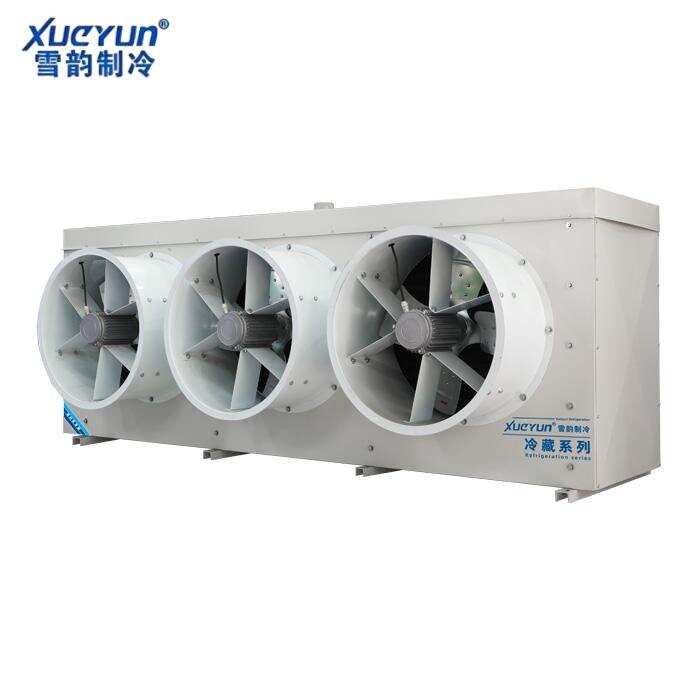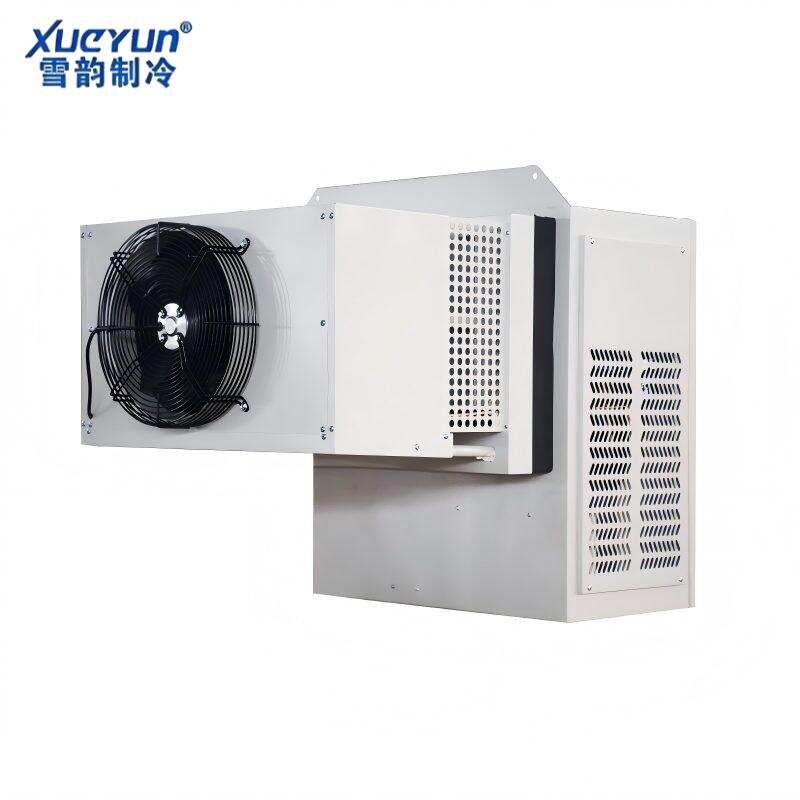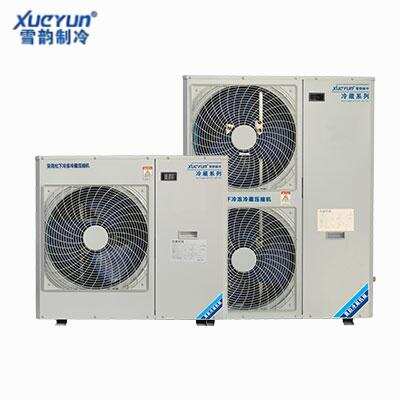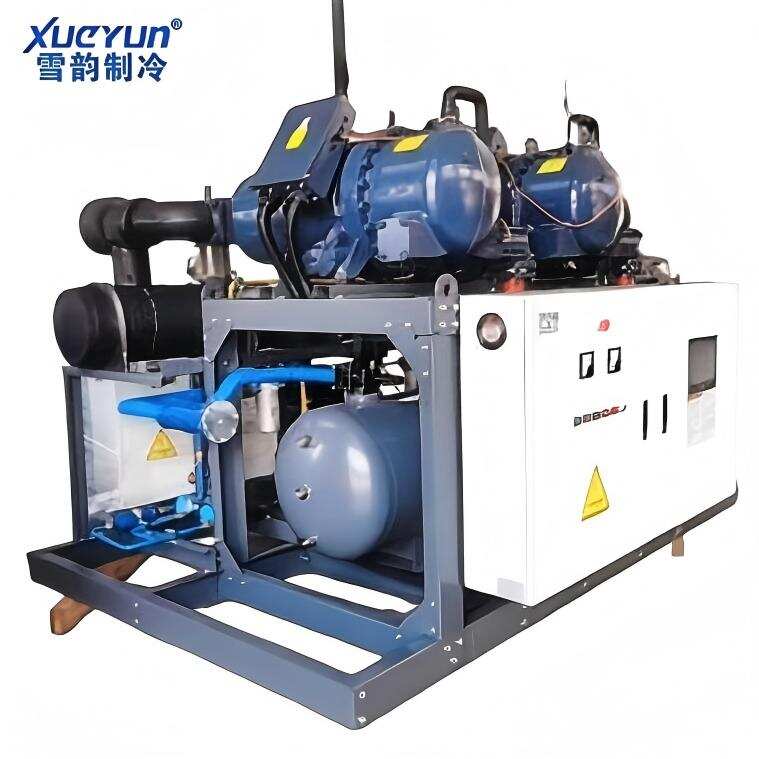
Top Products
 09.12, 2024
09.12, 2024
A cold room is an insulated environmentally controlled refrigeration chamber or enclosure designed to maintain temperature tolerances for the storage of goods and materials. Cold rooms, also called walk-ins, are enclosed, refrigerated storage spaces that have footprints generally be used for things such as storing perishable food items or packaging food, items such as meats, seafoods, fruits, biopharmaceutical, and pharmaceuticals such as vaccines and other drugs, chemicals, as well as tobacco products, flowers/plants, and so forth.
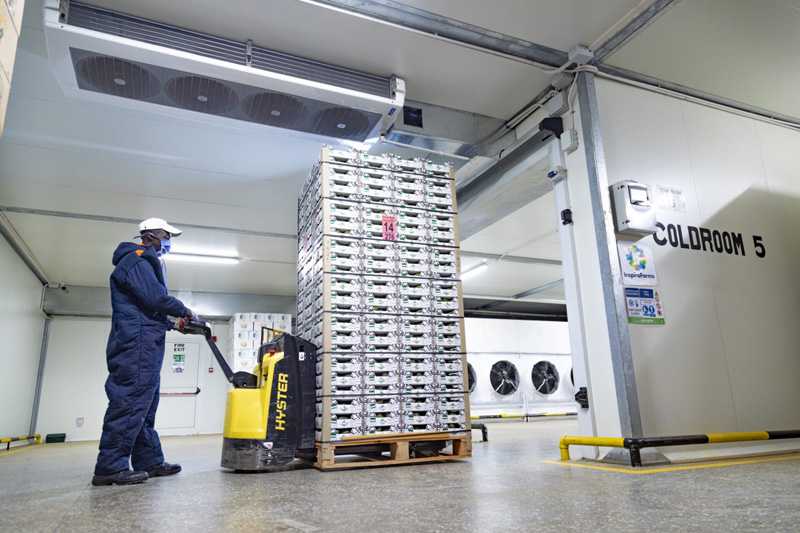
Cold Room Construction
Insulated wall and ceiling panels are standard as well as a cold room insulated flooring systems. Thicknesses and material specifications vary depending on size and room uses. The door systems used in a cold room are very important as well, engineering the correct type is a critical step in ensuring thermal envelope performance. The mechanical design for a cold room is also critical in keeping perishable goods from going bad.
Cold Room Mechanical Systems – This is dictated by what the host building has to offer as far as utilities. Availability of power, drain, water chilled system, and so forth. The main components to a cold room are a condenser, whether air cooled (ACCU) or water cooled (WCCU), evaporators, and a compressor. Like any refrigeration system, cold rooms use an evaporator inside the unit and a condenser outside the unit to move heat outside, thus cooling the inside. Redundant mechanical systems are also utilized in the event one system fails the other will continue to keep the space operating as specified.
Cold Room Control Systems – An added benefit to having XUEYUN design and build your cold room, is we build our own control systems and can be customized as needed for any specialty control requests.
Cold Room Installation – Designing efficient cold rooms is only the start, materials selection and installation are just as important. Our experienced team will ensure the installation of panels, flooring, lighting, electrical, piping, etc. are all executed to the highest of standards. We will also test and certify the cold room or rooms as required to prove functionality. We also offer preventative maintenance plans!
Designing Your Cold Room(s) – When designing a new cold room there are several design parameters to consider:
Temperature set point and temperature tolerance
Relative humidity (RH) percentage set point and tolerances
Maximum continuous occupants
Fresh air requirements
Internal equipment loads
Door type and quantity such as sliding, swinging, overhead, even adding vinyl strips to allow access while retaining as much cold air loss as possible when a door is open
Door opening frequency
Conveyor opening, quantity, and size (if applicable)
Ambient air temperatures
Ambient relative humidity
Desired location of condensing unit
Will redundant mechanical systems be required?
Will data recording be required?
Is an alarm required?
Any specialty controls, filtration, or air requirements?
Temperature and humidity tolerances in a cold room must be maintained to ensure longevity of stored goods inside. A cold room needs to be precisely engineered from the thermal envelope to the mechanical system, to the insulated flooring, to the ceiling, all must work as one system. A weak point in any creates a faulty room or system. For this reason, trusting our experienced team members to design and construct your next cold room is a safe decision as we will guarantee the performance as specified.



